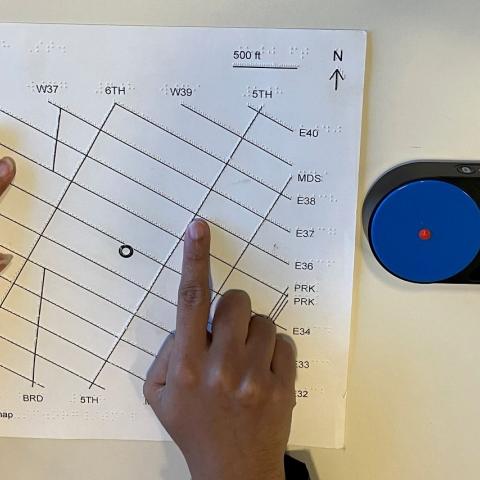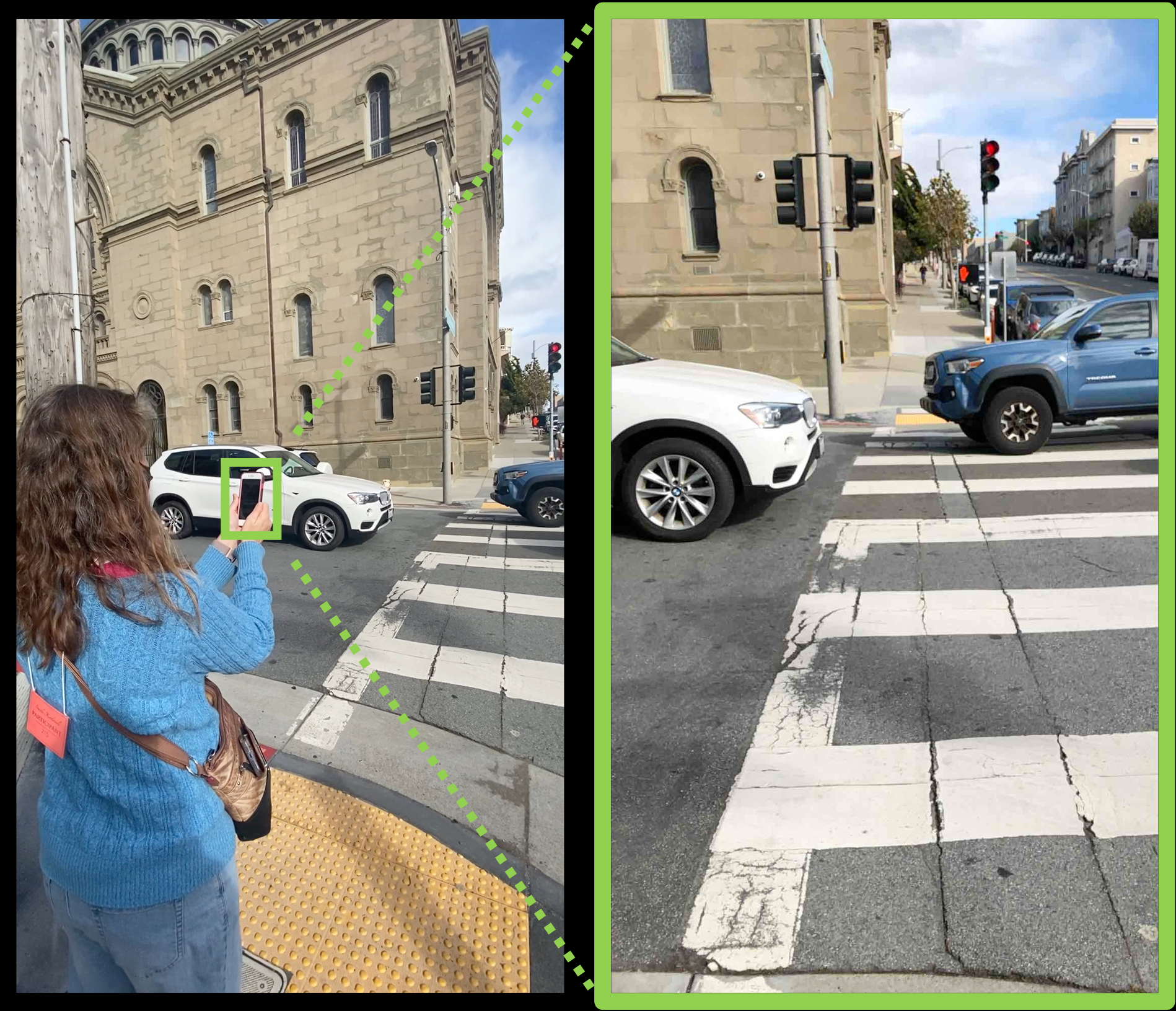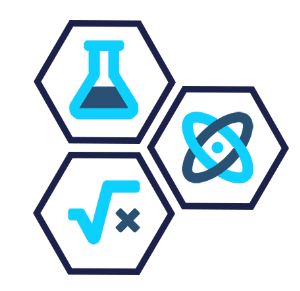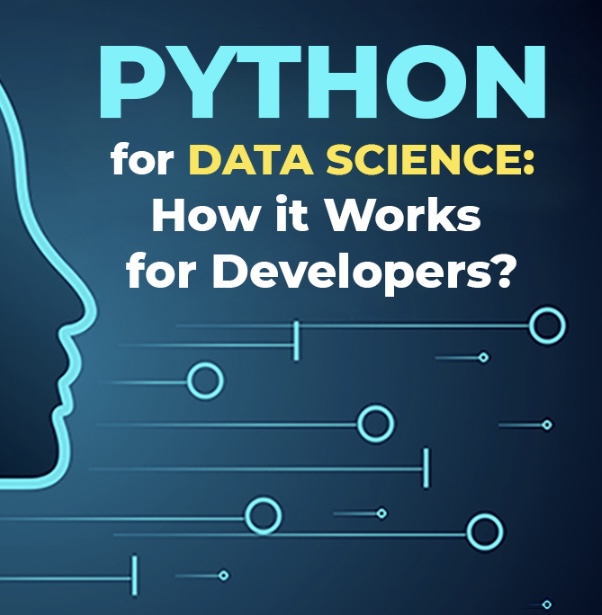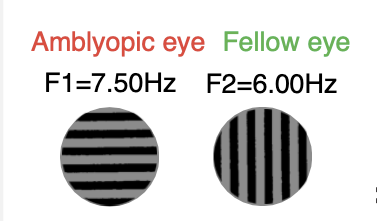Audiom Map of Smith-Kettlewell
An Audiom map of the main Smith-Kettlewell building at 2318 Fillmore St., San Francisco has been created by Brandon Biggs. This is an audio-visual map that allows users to explore a detailed map of the building with or without vision. The map runs in any browser and is available to anyone who visits the building.
Crowd-Sourced Description for Web-Based Video (CSD)
The Descriptive Video Exchange Project (funded by the National Eye Institute of the National Institutes of Health, (grant # R01 EY020925-01) focuses on crowd-sourced techniques for describing DVD media. CSD will expand DVX to include Internet-based media such as YouTube, iTunes U, and other streamed video found on a wide variety of web sites. Many streamed Internet-based video sources provide well-defined, public APIs for accessing all the information DVX requires. Using these APIs will allow the VDRDC to expand DVX to include streamed content so that seamless, simple, crowd-sourced descriptions can be added to Internet-based video by volunteers or professionals anywhere.
MapIO: a Gestural and Conversational Interface for Tactile Maps
For individuals who are blind or have low vision, tactile maps provide essential spatial information but are limited in the amount of data they can convey. Digitally augmented tactile maps enhance these capabilities with audio feedback, thereby combining the tactile feedback provided by the map with an audio description of the touched elements. In this context, we explore an embodied interaction paradigm to augment tactile maps with conversational interaction based on Large Language Models, thus enabling users to obtain answers to arbitrary questions regarding the map. We analyze the type of…
Using VR to Help Train Visually Impaired Users to Aim a Camera
People with visual impairments increasingly rely on camera-enabled smartphone apps for tasks like photography, navigation, and text recognition. Despite the growing use of these applications, precise camera aiming remains a significant challenge. This project explores the impact of virtual reality (VR) exploration in the context of learning to use a camera-based app. So far we have studied this approach in the context of training a visually impaired person to use walk-light detector app at traffic intersections.
Smith-Kettlewell Summer Institute
The Smith-Kettlewell Summer Institute program is a multi-year, learning opportunity designed to provide training for blind and visually impaired students, recent graduates, and early career researchers interested in data skills that will enhance Science, Technology, Engineering and Math (STEM) jobs within industry, government, non-profit organizations or academia.
In today’s research climate, individuals are expected to have many skills at their fingertips. Often researchers are required to build software and hardware environments to run studies, to gather and analyze data and to prepare…
Mobility and Fall Risk in Central Visual Field Loss
Age-related macular degeneration (AMD) is the most common cause of vision loss in the developed world. Central visual field loss due to diseases such as AMD is a large and growing problem. It is also associated with higher risk of falls and, therefore injury. Although much has been done to understand visual limitations associated with this condition, one of its most dangerous and poorly understood outcomes is the increase in the risk of falls, which can be debilitating and even deadly, especially in the age group most affected by AMD. The exact reasons for the increased fall risk are unknown…
Empowering Data Vision: Data Science Course for Blind Individuals using Python
Call for Participation:
Second Smith-Kettlewell Summer Research Institute, “Empowering Data Vision: Data Science Course for Blind Individuals using Python”
The Smith-Kettlewell Eye Research Institute, the University of Michigan and the University of Illinois at Urbana-Champaign are delighted to present our second on-line course dedicated to data science for blind individuals.
Overview:
This course, “Empowering Data Vision: A Data Science Course for Blind Individuals using Python,” will teach blind individuals the basics of using Python to interact with datasets. The course will be offered on…
CamIO Hands
This project builds on the CamIO project to provide point-and-tap interactions allowing a user to acquire detailed information about tactile graphics and 3D models.
The interface uses an iPhone’s depth and color cameras to track the user’s hands while they interact with a model. When the user points to a feature of interest on the model with their index finger, the system reads aloud basic information about that feature. For additional information, the user lifts their index finger and taps the feature again. This process can be repeated multiple times to access additional levels of…
Binocular rivalry as a detection tool for amblyopia
The project aims to develop a rapid, objective vision screening tool for identifying amblyopia in preschool children using abnormal binocular rivalry dynamics. Amblyopia is a leading cause of monocular vision loss, affecting 3.3% of the US population. Early intervention before age 7 yields better outcomes, making a scalable screening test for preschoolers an unmet public health need.
We investigate abnormal binocular rivalry dynamics as a behavioral biomarker for amblyopia in adults, exploring diagnostic power in a patient sample and determining the minimum rivalry data collection duration for…
Binocular Rivalry and its neural processing in cortical hierarchy
It has been a mystery as to what level of cortical hierarchy is suppressed in visual processing from the amblyopic eye and how neural representations change when increasing contrast or paying attention to the amblyopic eye. In this project, we will adapt a standard EEG binocular rivalry paradigm, which modulates stimuli at different frequencies in each eye and incorporates a behavioral measure of perceptual eye dominance. We will simultaneously measure neural activity along the cortical hierarchy and perceptual eye dominance under 3 conditions: equal contrasts in the two eyes, perceptually…

